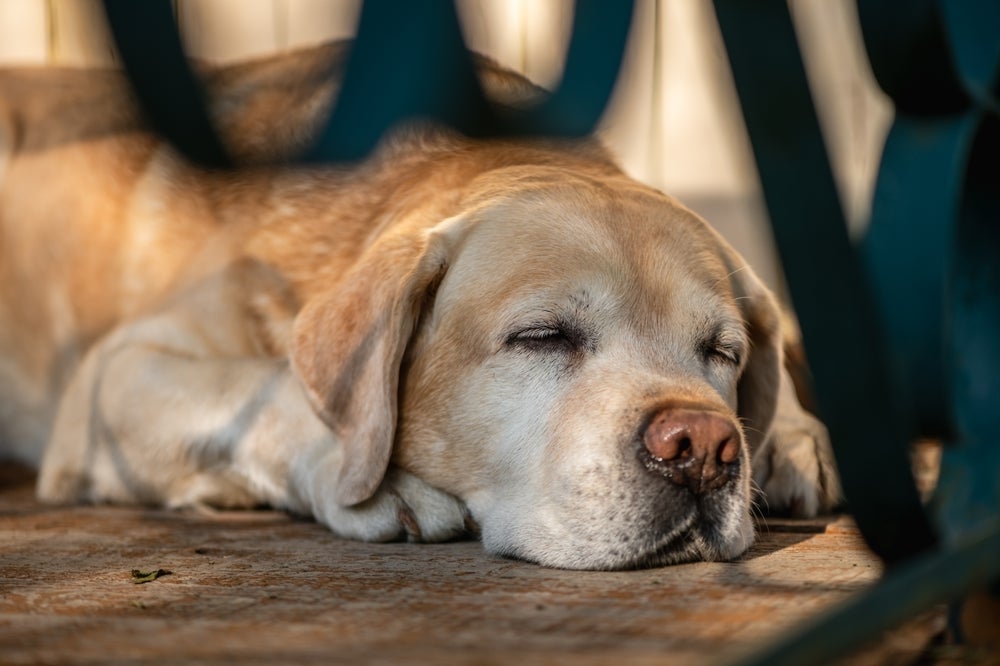Dogs bring joy, loyalty, and companionship throughout their lives. As they grow older—often starting around age 7 for larger breeds and 9–10 for smaller breeds—their needs begin to change. With thoughtful care and a little extra attention, you can help your senior dog stay comfortable, healthy, and happy well into their golden years.
Signs Your Dog Is Entering Their Senior Years
Every dog ages differently, but some common signs of senior status include:
- Slower movement or stiffness, especially after rest
- More frequent naps and less energy for play
- Graying muzzle or coat
- Changes in appetite or weight
- Hesitation with stairs or jumping onto furniture
- Behavioral shifts, such as increased anxiety or confusion
- Noticing these changes early allows you to adapt their care and keep them thriving.
Common Health Concerns in Senior Dogs
Older dogs are more prone to certain conditions, including:
- Arthritis and mobility issues – Stiffness or difficulty moving is often a sign of joint pain. Supportive bedding, ramps, and pain management can help.
- Dental disease – Gum disease and tooth decay are common, making dental care essential for overall health.
- Heart disease – Enlarged hearts or valve problems can affect breathing and stamina.
- Kidney and liver disease – Routine bloodwork helps detect these early.
- Cognitive dysfunction – Similar to dementia in humans, it can cause restlessness, disorientation, or disrupted sleep.

How to Care for Your Senior Dog
1. Regular Veterinary Checkups
Senior dogs should see the vet at least twice a year for exams and bloodwork. Early detection of health problems makes treatment more effective.
2. Nutrition Matters
Feed a diet tailored to senior needs—lower in calories but rich in high-quality protein and nutrients to support joint and organ health. Prescription diets may be recommended for dogs with specific conditions.
3. Keep Them Moving
Exercise keeps muscles strong and minds sharp. Opt for shorter, gentler walks or swimming sessions that don’t strain their joints.
4. Comfort at Home
Provide orthopedic bedding, non-slip rugs, and ramps to help your dog navigate the house more easily. Keep food and water bowls at a comfortable height.
5. Maintain Mental Stimulation
Puzzle toys, gentle training refreshers, and interactive games prevent boredom and keep your dog mentally sharp.
6. Monitor for Changes
Pay close attention to appetite, weight, mobility, and behavior. Subtle shifts may be early signs of health issues.
Quality Time Counts Most
Caring for a senior dog is about more than just managing health—it’s about making every day meaningful. Whether it’s slow walks, belly rubs, or quiet moments on the couch, your presence and love matter most.
Your senior dog has spent a lifetime being your loyal companion. With the right care and attention, you can ensure their golden years are filled with the comfort, dignity, and joy they so richly deserve.



